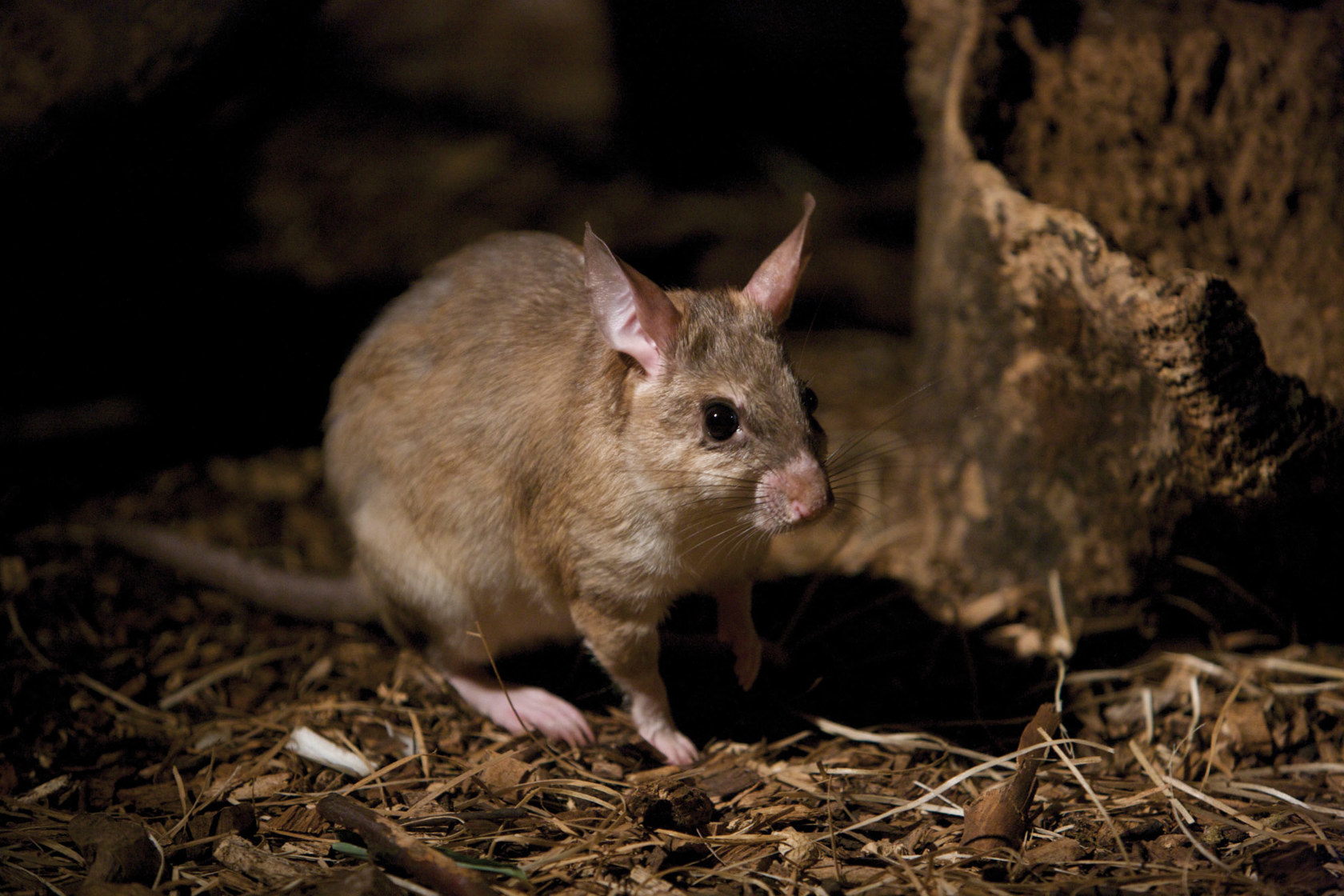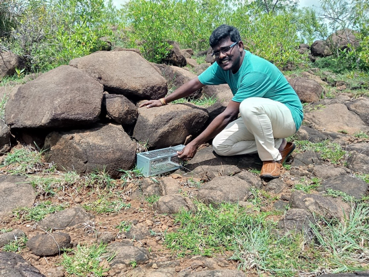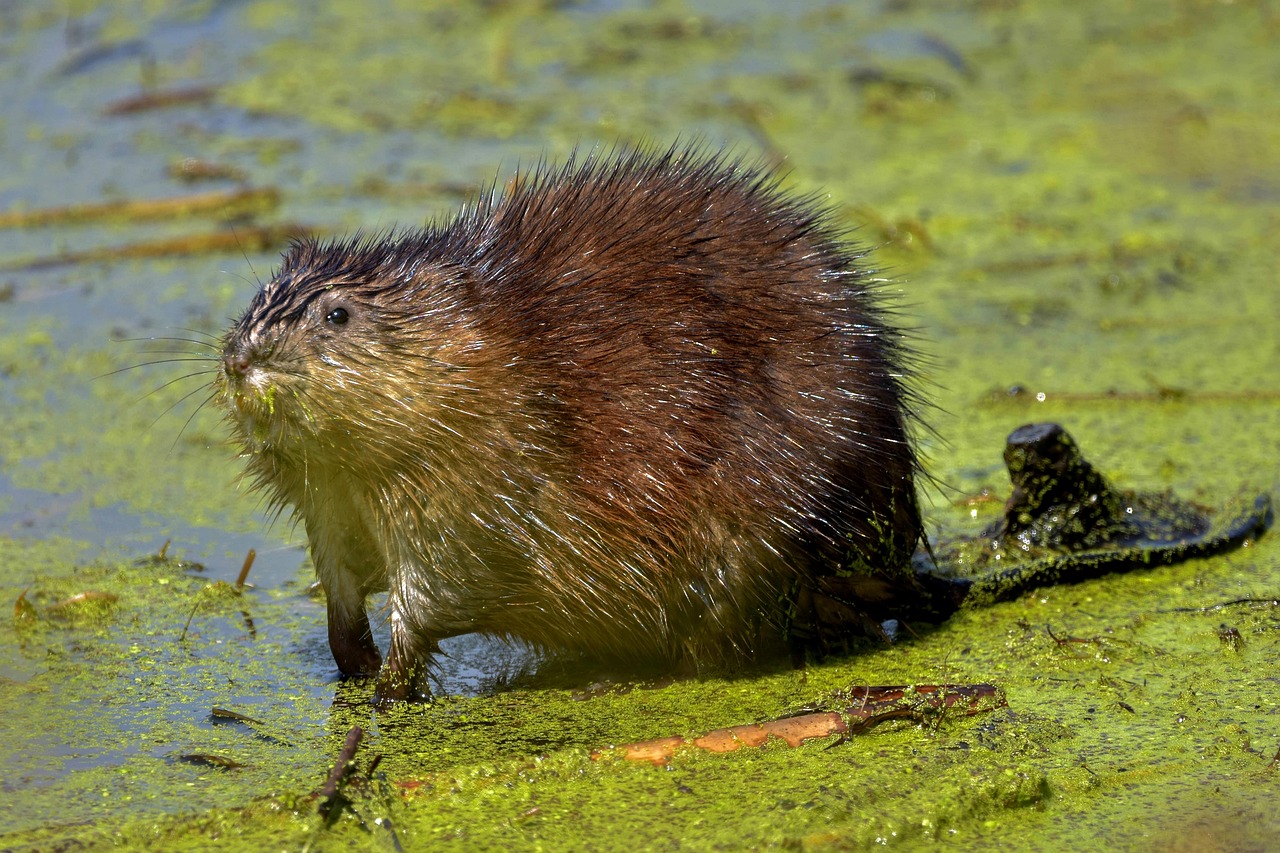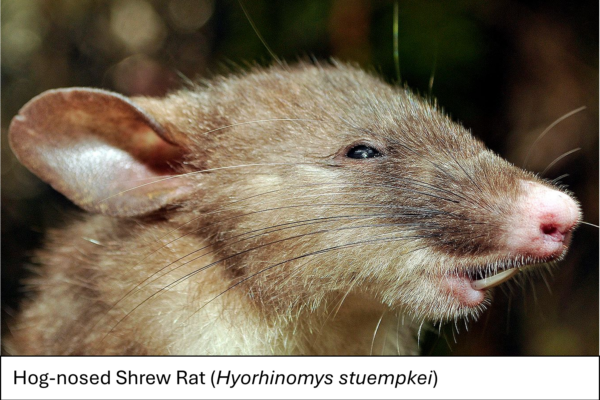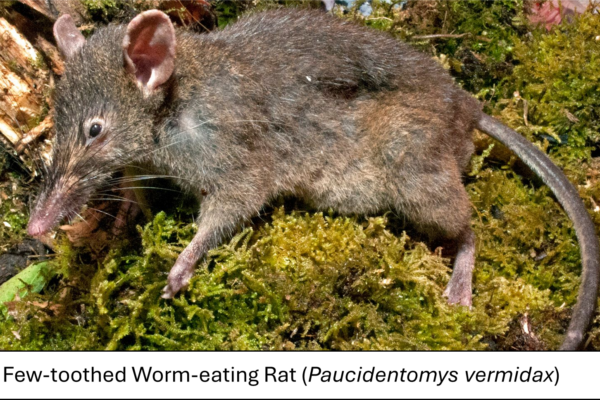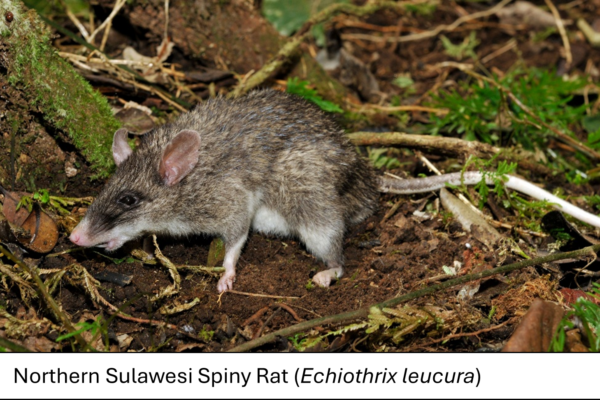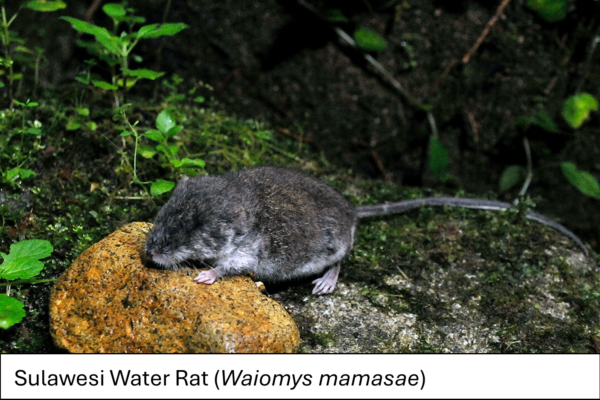Today, 4th April, is World Rat Day, so what better day to celebrate some of the world’s most diverse and fascinating mammals?
The first thing that springs to mind with the word “rat” might be the widespread and recognisable Brown Rat (Rattus norvegicus). In actual fact, “rat” is a broad term that has been used to describe hundreds of species of muroid rodents. The name “rat” typically covers the true rats of the Rattini tribe (including, for example, species of the Rattus genus), but has also been used in common names for groups such as the kangaroo, mosaic-tailed, spiny, mole and rabbit rats.
Native rats play key roles in ecosystems everywhere. They are scatter-hoarders, scavengers, burrowers, predators, and prey. However, lacking the obvious characteristics of larger flagship mammals, most rats are completely overlooked and underrepresented in the media, as well as in funding, conservation and research.
Below, we are spotlighting some of these remarkable yet at-risk rats.
Malagasy Giant Jumping Rat
Hypogeomys antimena
The Malagasy Giant Jumping Rat is the only living species in the jumping rat genus Hypogeomys. As its name hints, this forest-dweller has an impressive jumping ability and can spring almost one metre into the air. It’s more like a rabbit than a rat! Unfortunately, having faced years of extensive habitat loss, this rat was in 2022 ‘uplisted’ to Critically Endangered status.
Working closely with colleagues at Durrell, the Small Mammal Specialist Group (SMSG) has recently co-authored a Green Status of Species assessment for the Malagasy Giant Jumping Rat. The Green Status assessment highlights how critical the situation currently is, and, without effective conservation measures, it is expected that this rat could rapidly disappear. We are now collaborating with Durrell as well as the Mad Dog Initiative to assess the threat of feral cats and dogs with camera trapping surveys, and will next be supporting an action planning workshop in Madagascar.
Admiralty Rat
Rattus detentus
A large, unidentified Rattus had long been suspected to be present on Manus Island in the Admiralty Group (Papua New Guinea), but it was not until 2016 when it was formally described based on three specimens collected between 2002-2012: an incomplete skeleton, mandible and, finally, an adult female specimen. It is considered one of the most sizable Melanesian Rattus. Such large murid rodents are usually among the easiest of mammals to detect from traps, footprints and feeding signs. However, focused efforts to record the Admiralty Rat since its discovery have not been successful.
Last year, the SMSG worked with species experts to collate data and model the probability of extinction of the Admiralty Rat. We estimated the likelihood that the species is already extinct to be 0.76. We then went on to reassess the species on the Red List as Critically Endangered: Possibly Extinct. The Admiralty Rat sadly joins the 15 other rodent species that are already listed as such.
Elvira Rat
Cremnomys elvira
The Elvira Rat is a Critically Endangered murid of the Eastern Ghats of Tamil Nadu, India. Data are scarce, but it is believed to inhabit rocky areas in dry deciduous scrub forest. This rat is under pressure from expanding human settlements and associated tree felling.
SMSG member Brawin Kumar conducted surveys searching for the Elvira Rat as part of his Segré EDGE fellowship. Brawin also led numerous outreach programmes about the Elvira Rat in local schools and villages to try and raise the profile of this little-known rodent.
Muskrat
Ondatra zibethicus
Despite having “rat” in the name, semi-aquatic muskrats are more closely related to voles and lemmings than any species of Rattus. Of course, many people still think of them as rats in the general sense owing to their long, nearly naked, rat-like tails, black beady eyes and dark fur. Muskrats are, however, much larger than the typical Brown Rat, and can reach up to four times their size.
The Common Muskrat is a Least Concern species, yet its recent Green Status assessment, co-authored by the SMSG’S Deputy Chair for Eulipotyphla (Alexis Mychajliw), demonstrates how the status of existing populations is somewhat reliant on trapping regulations. The removal of these regulations would be detrimental to muskrats.
Click here to read our article about how an unusual population of the Common Muskrat is surviving on virtually uninhabitable islands in Maine and New Hampshire.
Sulawesi's rats
Sulawesi is a large Indonesian island renowned as a hotspot of rodent species that are found nowhere else in the world. Sulawesi’s rodent fauna includes many critters of the Rattini tribe, such as aptly-named rats like the Hog-nosed Shrew Rat (Hyorhinomys stuempkei) and Few-toothed Worm-eating Rat (Paucidentomys vermidax). Unfortunately, since many of Sulawesi’s rats are confined to single locations, they are at a high risk of being majorly impacted by threats such as habitat loss for mining and agriculture. Some are also hunted for food. The world’s only two species of Echiothrix rats, for example, are known only from northern and central parts of the island, though have been recorded in numerous market and hunter surveys.
In 2023, the SMSG hosted a workshop to update the Red List assessments of and pinpoint conservation and research priorities for Sulawesi’s small mammals. As a result, the group seed-funded a study by one of the workshop participants of a Data Deficient rat, the Sulawesi Water Rat (Waiomys mamasae). The Sulawesi Water Rat is monotypic, i.e., it is the only species of its genus, and is currently only known from one specimen ever collected. Watch this space for the project’s results.
Tokudaia spiny rats
The three species of Tokudaia spiny rat – Okinawa Spiny Rat (T. Muenninki), Ryukyu Spiny Rat (T. osimensis) and Tokunoshima spiny rat (T. tokunoshimensis) – are found on small Japanese islands and are all considered Endangered or Critically Endangered. The genetics of these spiny rats are incredibly unique: they have lost their Y chromosome and, along with it, the master gene that kick-starts male development in the embryo. Scientists believe that a completely different chromosome is now acting as a “proto-Y”.
The Tokudaia spiny rats have long (20mm), grooved spines among their dense fur. Very little is known about their ecology, but it is inferred that they have been under threat of habitat loss and possible predation by introduced cats, dogs and mongoose, as well as competition with Rattus rattus.
Author: Abi Gazzard
Images:
-
Admiralty Rat: Timm et al. 2016. A new species of Rattus (Rodentia: Muridae) from Manus Island, Papua New Guinea Journal of Mammalogy 97, 861-878.
-
Sulawesi’s rats: Kevin C. Rowe
-
Okinawa spiny rat: Norihiro Kawauchi, via https://www.edgeofexistence.org/species/okinawa-spiny-rat/
-
All others: public domain and Pixabay

